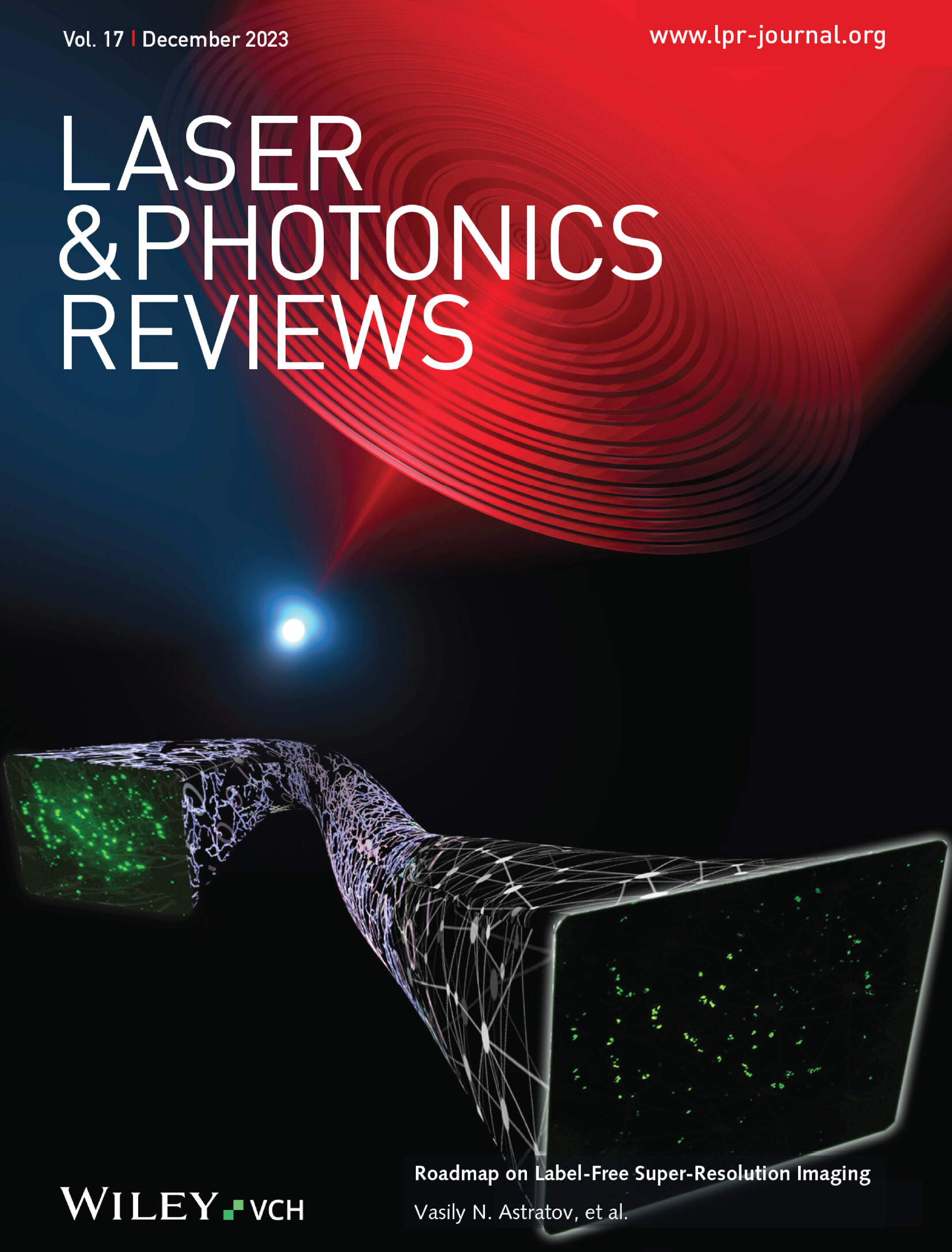Toward Wide-Angle III-Nitride Miniaturized LEDs: Device Engineering and Photon Extraction Strategy
IF 9.8
1区 物理与天体物理
Q1 OPTICS
引用次数: 0
Abstract
Miniaturized LEDs (mini-LEDs) constitute a high-quality light source in the backlight unit (BLU) of liquid crystal displays (LCDs). However, the Lambertian light field distribution of mini-LEDs leads to limited viewing angles and decreased uniformity in BLU. Here, a high-performance wide-angle mini-LED is demonstrated via device engineering and an innovative photon extraction strategy. By integrating distributed Bragg reflectors (DBRs) on the light emission surface of mini-LED, propagation behaviors of photons are manipulated and thus altered Lambertian light field distribution into heart-shaped light field distribution, realizing the construction of wide-angle mini-LED. Furthermore, the effects of the reflectivity of various DBRs on the light field distribution and optoelectronic characteristics of wide-angle mini-LEDs are systematically investigated. To boost the external quantum efficiency (EQE) of wide-angle mini-LEDs, a photon extraction strategy, including optimizing sapphire substrate thickness and employing multiple laser stealth scribing techniques is proposed. As a result, the optimal wide-angle mini-LED exhibits a peak light intensity angle of 38°, a full width at half maximum of angular light intensity distribution of 162° and a 21.3% increment in peak EQE, in comparison to the wide-angle mini-LED without utilizing photon extraction strategy. It believes these innovations provide a substantial advancement in developing wide-angle mini-LEDs, contributing to their application in LCDs.

求助全文
约1分钟内获得全文
求助全文
来源期刊
CiteScore
14.20
自引率
5.50%
发文量
314
审稿时长
2 months
期刊介绍:
Laser & Photonics Reviews is a reputable journal that publishes high-quality Reviews, original Research Articles, and Perspectives in the field of photonics and optics. It covers both theoretical and experimental aspects, including recent groundbreaking research, specific advancements, and innovative applications.
As evidence of its impact and recognition, Laser & Photonics Reviews boasts a remarkable 2022 Impact Factor of 11.0, according to the Journal Citation Reports from Clarivate Analytics (2023). Moreover, it holds impressive rankings in the InCites Journal Citation Reports: in 2021, it was ranked 6th out of 101 in the field of Optics, 15th out of 161 in Applied Physics, and 12th out of 69 in Condensed Matter Physics.
The journal uses the ISSN numbers 1863-8880 for print and 1863-8899 for online publications.

 求助内容:
求助内容: 应助结果提醒方式:
应助结果提醒方式:


